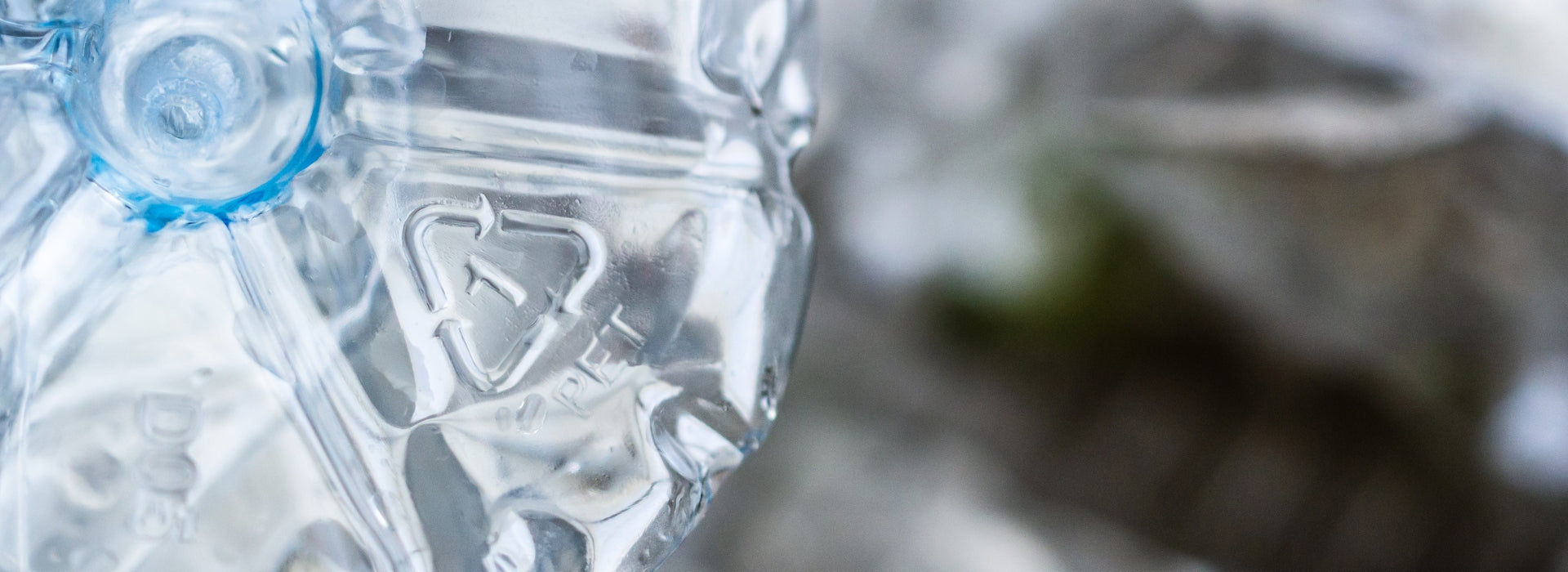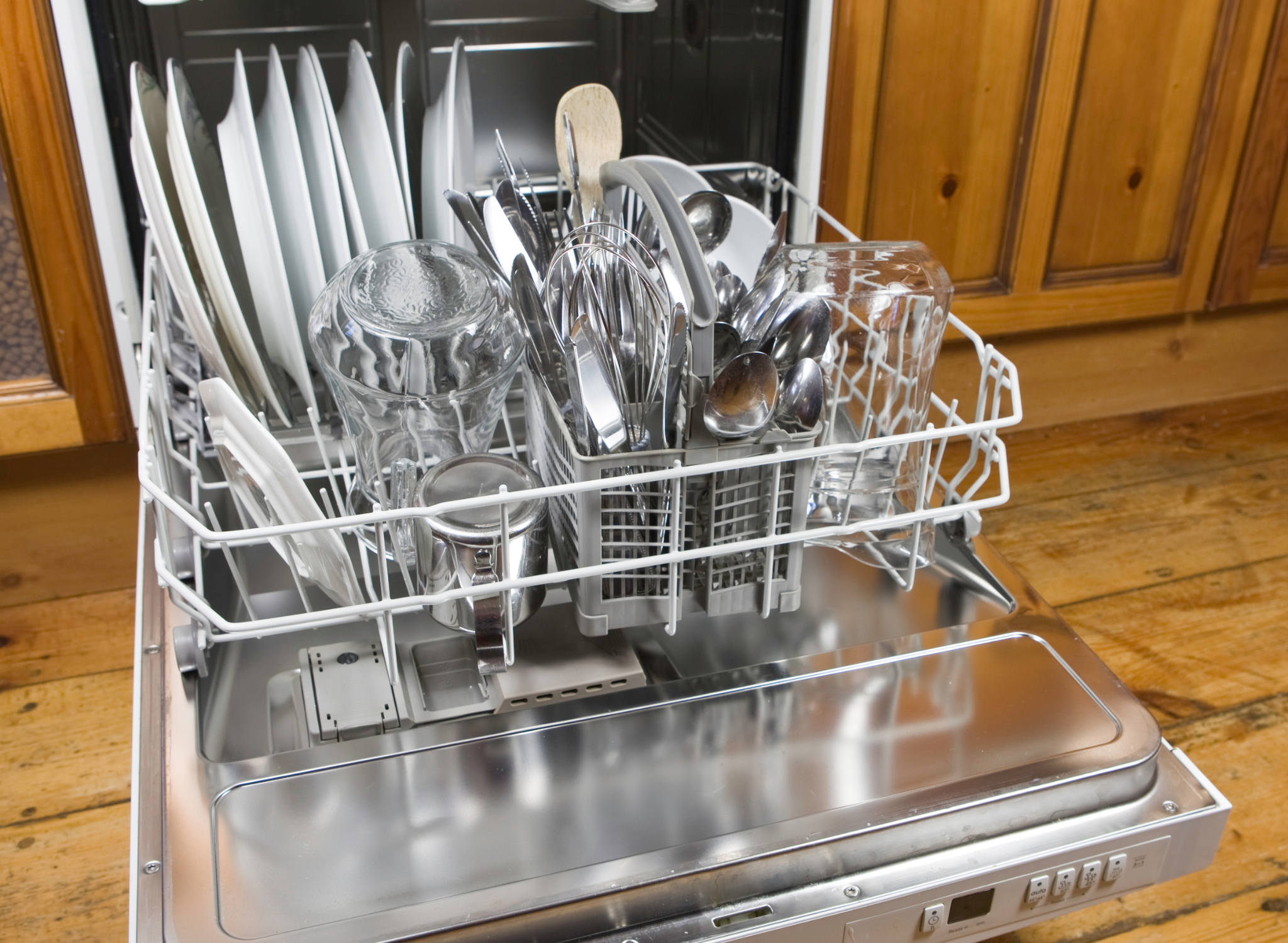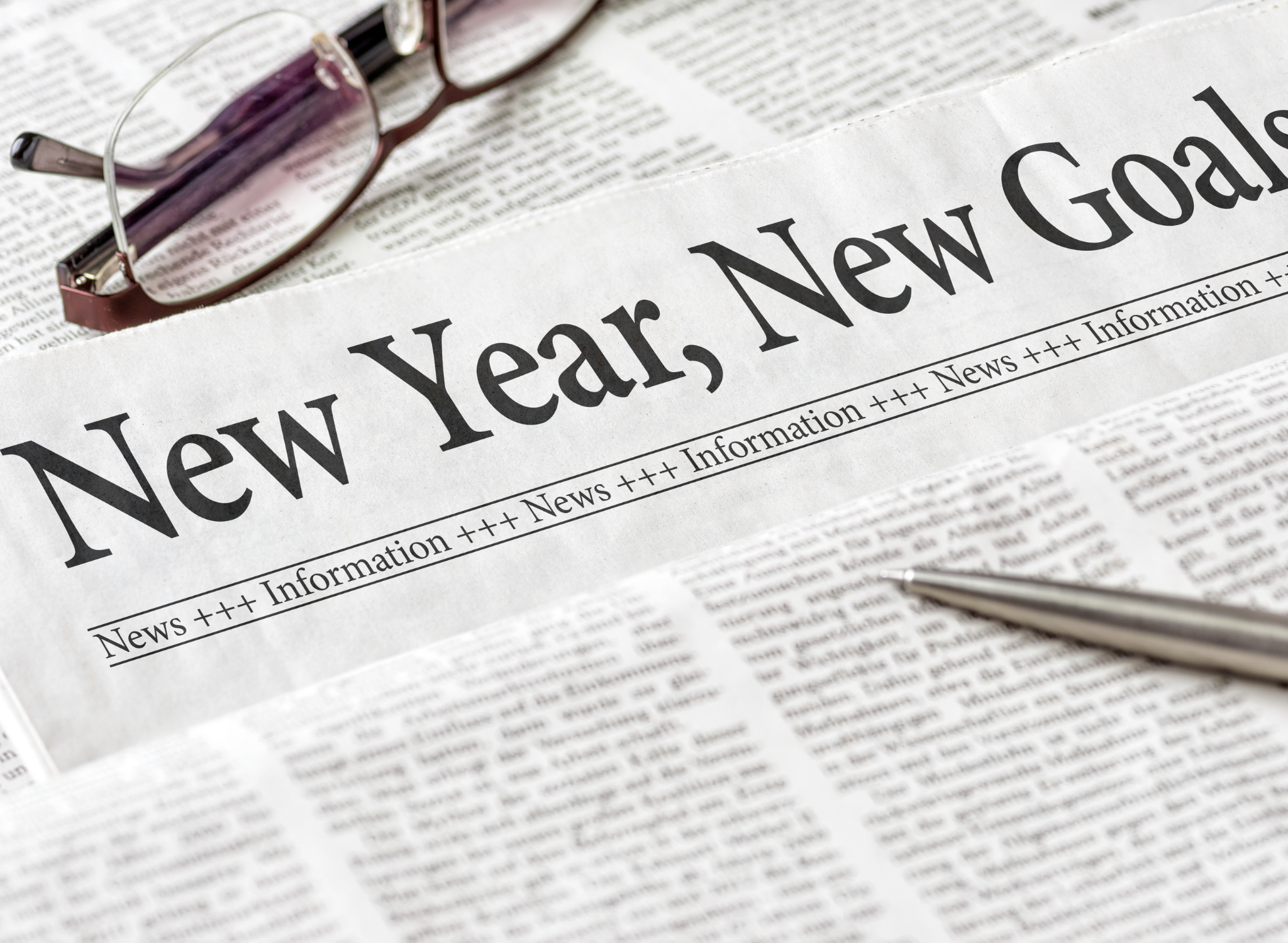Every year, each Canadian resident produces more than 700 kg of waste and only half is placed in the recycling bin. What happens after that? It can be difficult to track the course of recyclable plastics and waste.
Protecting the environment is part of Myni's values. For this reason, we decided to study the question of sorting waste. Read up to get answers to all your questions on recycling, and learn how to improve your eco-friendly habits.
What materials are recyclable ?
Let’s revisit the basics. In Canada, paper and cardboard are the materials that are the most recycled by residents, and over the last few years, more and more packaging have transitioned from plastic to paper. A note of caution: in the recycling bin, do not place stickers, photos, padded envelopes or diapers (yes, it does happen!).
You can also recycle most metals like steel and aluminium. A big exception are spray cans which are not recycled everywhere. For glass jars, remember to separate the metal top in the bin to facilitate recycling.
Did you know that glass is the material that leads to the most mistakes when recycling ? That’s because people tend to recycle broken dishes and glass. These are not recyclable like bottles and jars and can slow down sorting at the plant. So remember to make the right move next time you break something!
It’s time to talk about plastic. If you look closely at any plastic packaging, you'll notice a triangular symbol paired with a number.

This little logo is a precious help in figuring out what type of plastic you’re dealing with, and if you can recycle it or not. For example, PET plastic (full name, polyethylene terephthalate), refers to the recyclable material of a plastic bottle, some yogurt pots and other hard plastics.
The least recyclable types are number 3, 4, 5 and 7. Depending on your living area, they can still go in your recycling bin. Number 4 are the polyethylene bags one can get from shops, and they’re harder to recycle because they can get caught up in recycling plants’ machinery. Again, check your local guidance for the proper way to dispose of these. Number 6 is polystyrene, and it’s almost never recycled—it can go in your regular bin.
As you may know, single-use plastic has been banned in Canada in 2022. Very hard to recycle, this material often ends up in the ocean, and this is why many territories have decided to ban it. Worried about the amount of plastic you’re still using? Keep an eye out for plastic-free July, a global movement to reduce plastic waste.
How much of the waste collected is actually recycled?
First, a big amount of the materials placed in the recycling bin are rejected once they arrive at the recycling plant because they’re not properly rinsed. This is what’s called “contamination” and it makes recyclable materials unsaleable.

In Toronto, this contamination issue affects 26% of waste deemed recyclable. The contaminated materials will unfortunately end up in regular waste management. What’s next? Most of this waste will end up in landfills! A process that releases huge amounts of biogas and can also contaminate soils and groundwater.
Selling recycling materials is common practice, but it also presents environmental concerns. It’s very difficult to track the lifecycle of a recyclable product once it’s been sold and exported.
Furthermore, selling waste also produces pollution, if only in terms of travel. These exports are often made to emerging countries in Asia. This way, a single-use plastic bottle of shampoo can continue its pollution cycle by travelling thousands of miles away and often ends up being burned once arrived at its destination.

Burning waste; especially plastic, is a process that creates pollution because it releases dangerous chemicals in the air we breathe. We can then wonder, how much recycling actually gets recycled in Canada? Recent numbers have shown that out of all the plastic received in waste management centres, only 9% actually gets treated here whilst every month, more than a million kilo of plastic still gets exported to be “recycled” elsewhere.
How can I improve my recycling habits ?
Here are four easy changes to improve your recycling from home:
- Look at the label. Look for the plastic recycling signs! That’s the first step to help save time at the recycling plant.
- Rinse recyclable waste. To avoid the contamination problem previously described.
- Pick materials that are respectful of the environment. A reusable bottle instead of another single-use plastic product, compostable packaging, refills instead of a brand-new product. Over time, these little swaps have a big impact on our environment.
- Avoid waste, simple as that! A lot of resources are now available to limit our impact on nature. Wrap your gifts with textiles, get a stainless steel water bottle instead of a plastic one, choose reusable cottons and tissues… And test solid or powder products for your home, something we do really well at Myni!

Recycling is something that we’re used to doing, but a lot of us forget what happens next. Even recycled plastics produce a certain amount of pollution whether it’s because it’s not rinsed properly or because it’s exported to be treated elsewhere.
The solution? Incorporate anti-waste habits and pick environmentally-friendly products. If you want to learn more about this topic, you can keep reading with our article on preserving water from harmful chemicals.



